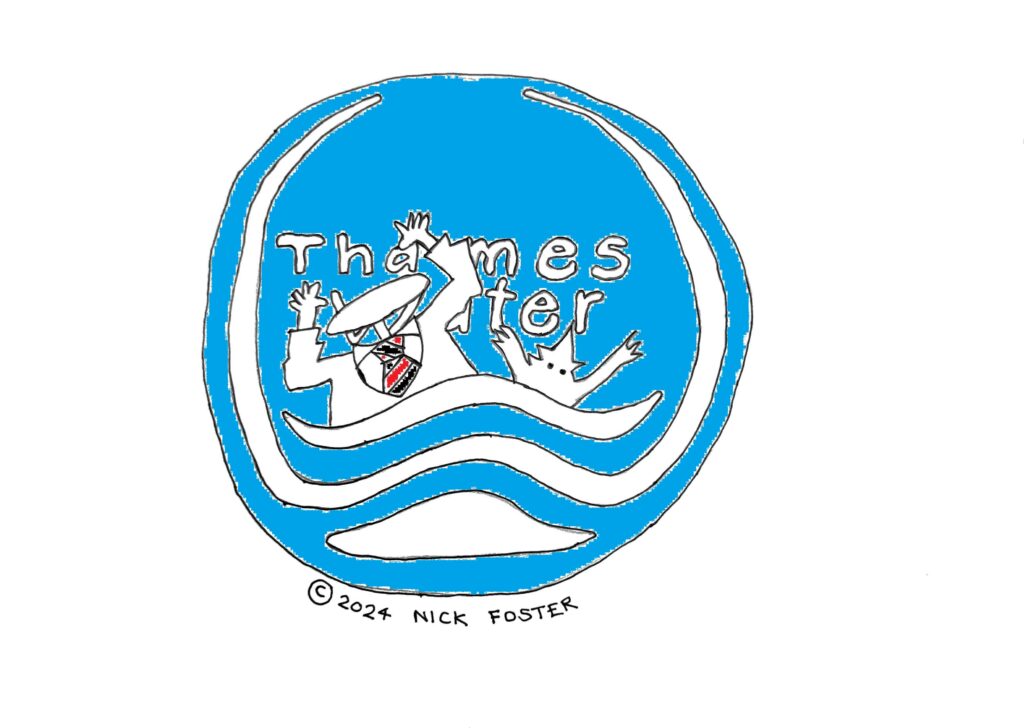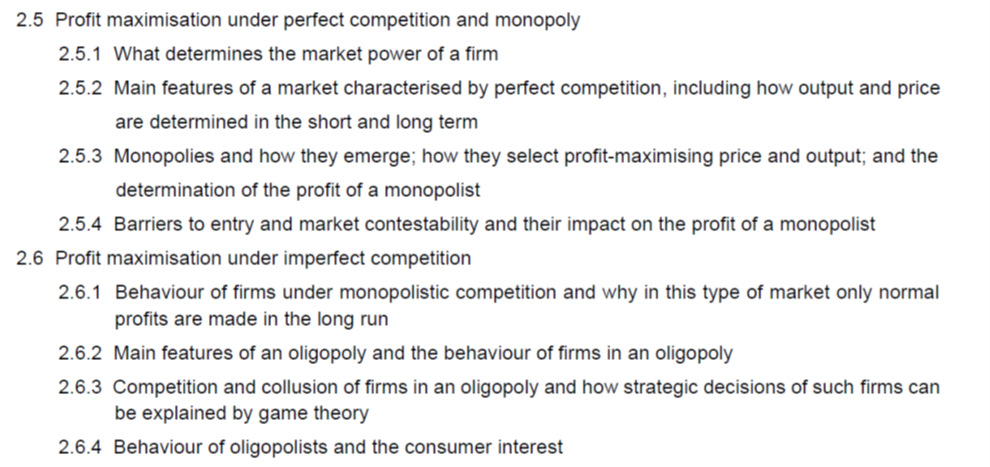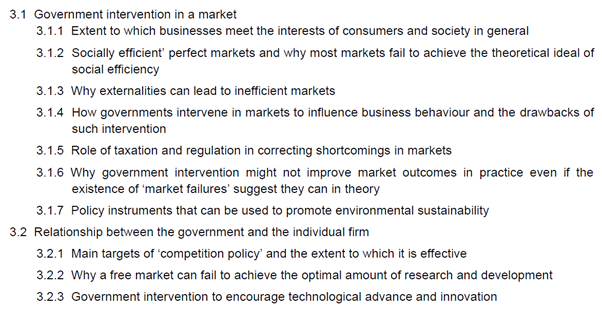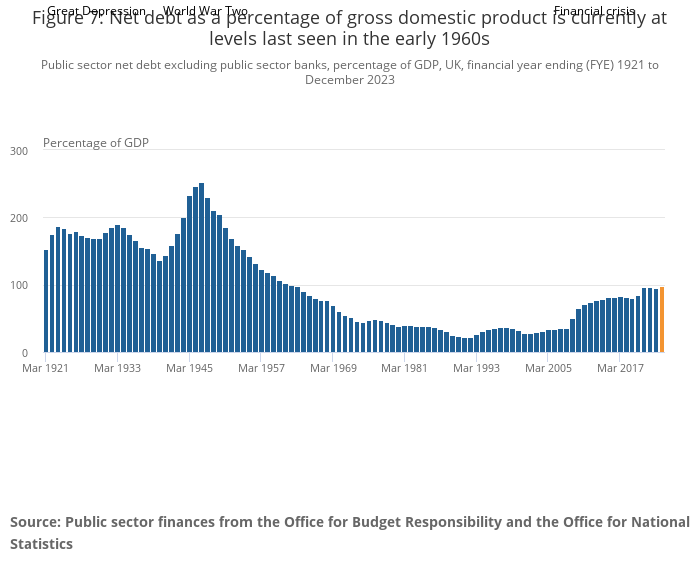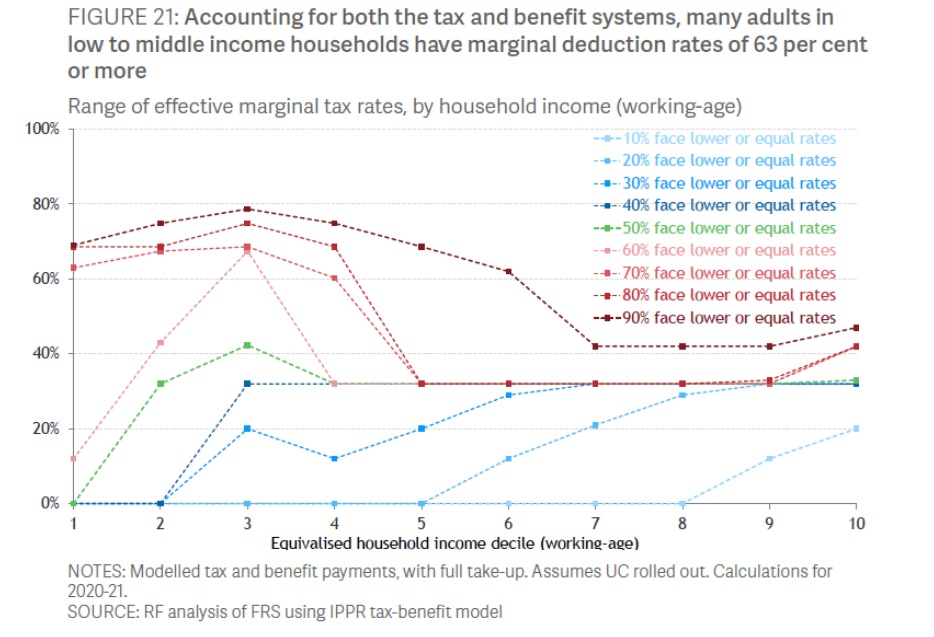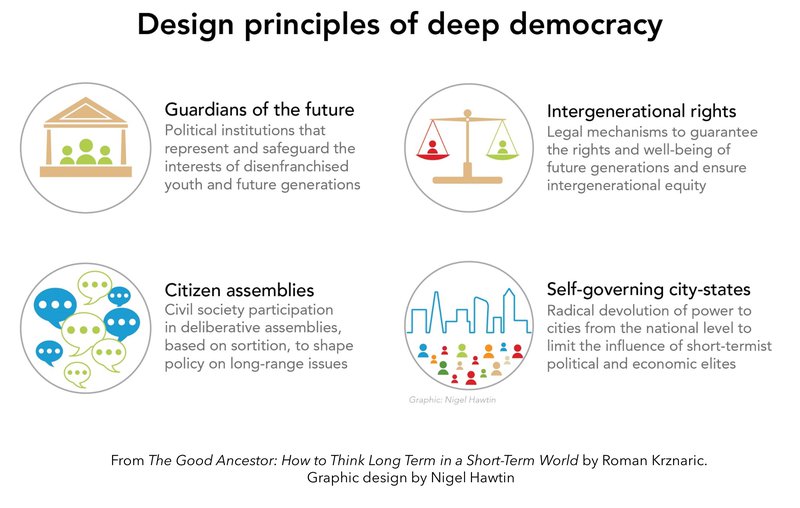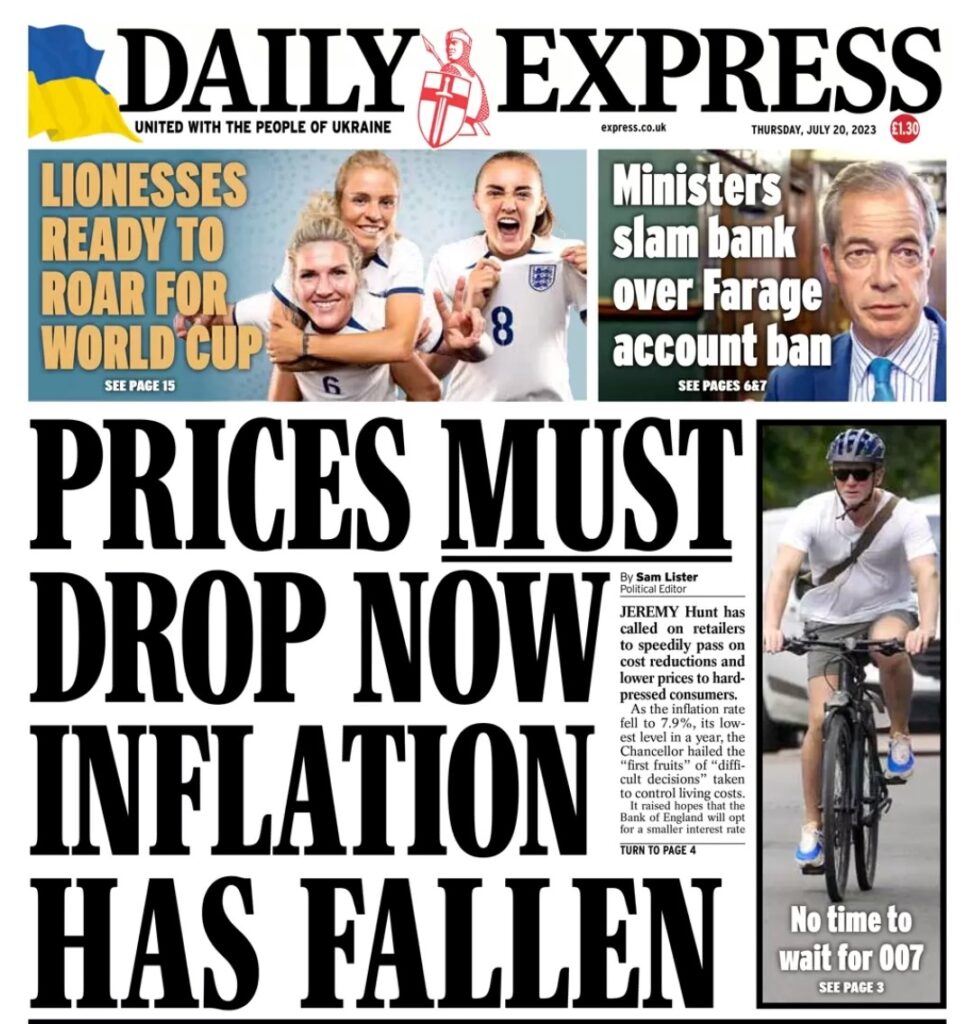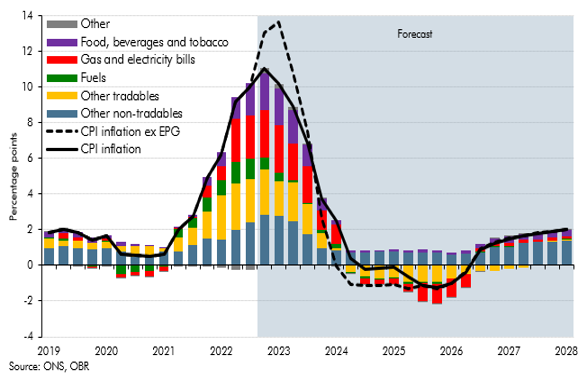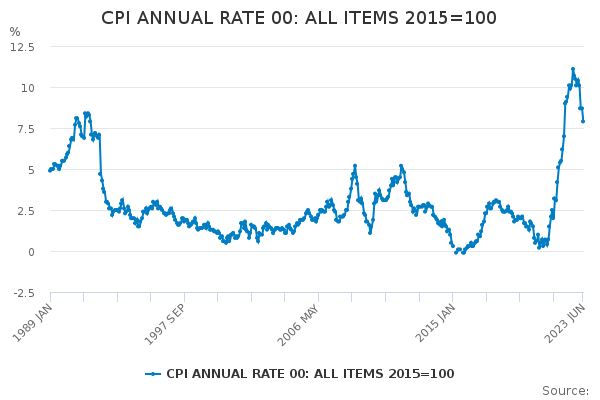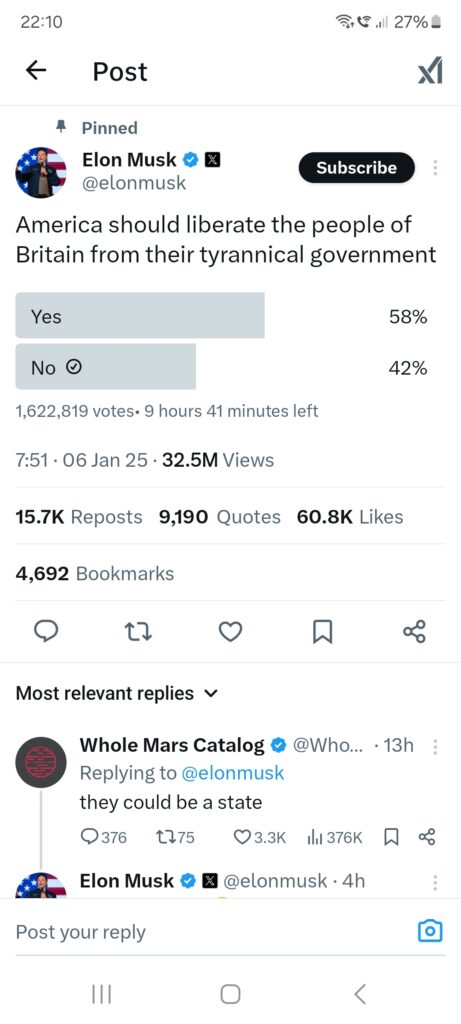
I thought I would return to a point I raised in my musings on Deadmeat before Christmas, because it has probably got the most reaction from readers of the blog of anything I wrote in 2024. Most of the reaction, it has to be said, was disbelieving. The point in question was this:
And this is the key I think. What economists call “public goods”, goods which are non-rivalrous (ie your use of the sun’s energy does not stop somebody else’s unless you put them in the shade) and non-excludable (ie you cannot easily stop someone else from using it, in this case by sticking a solar panel on their roof), are very difficult if not impossible to make a profit from. Private markets will therefore not provide these goods, possibly at all without extremely artificial regulation (something we have probably had enough of with our utilities in the UK) and certainly not in the quantity that will be required.
Economics by Sloman, Garratt and Guest, which informs the Institute and Faculty of Actuaries’ core reading for its Business Economics syllabus states (in its 10th edition) that a pure public good is:
A good or service that has the characteristics of being perfectly non-rival and completely non-excludable and, as a result, would not be provided by the free market.
It then goes on to say that:
There is some debate as to whether pure public goods actually exist or whether they are merely a theoretical idea.
This I think brings us back to the extremely artificial regulation I mentioned above, as a lot of the economists who have got their views into this book (the sort that have contributed to the “debate” over whether pure public goods exist) appear to struggle with the idea that markets cannot provide everything better, even if you have to embark on some pretty tortuous contortions to create them.
My conclusion in my previous post was as follows:
Therefore if the private sector will not provide public goods and renewable power is predominantly a public good, then it follows that renewable power needs to be in public ownership. And if the climate crisis requires all power to be renewable and zero carbon, which it does, then it also follows that the entire power sector ultimately needs to be in public ownership too.
However I now realise that this is not quite correct. There is an alternative to public ownership. Not the ridiculous quasi-markets which bedevil our utilities in the UK currently, which I don’t expect to be with us for many more decades, but something else which is alive and well and in the process of taking over capitalism as we know it: private monopoly.
As Yanis Varoufakis says in Technofeudalism about green energy in particular:
Advances in green energy are pushing down fast the costs of green electricity generation. Even though the life cycle of fossil fuels has been extended, ruinously for the planet, cloud-based green energy is growing – and, with it, so is the relative power of cloudalists.
“Cloudalists” are our modern feudal lords. Whereas capitalism was a system in which the most powerful people as owners of capital were able to dictate how and where workers could use their capital to make profit for them, under technofeudalism the money is made as rent.
In the section entitled “The New Enclosures” Varoufakis says:
“In the eighteenth century, it was land that the many were denied access to. In the twenty-first century, it is access to our own identity.” Expanding on this:
Strewn across countless privately owned digital realms, it has many owners, none of whom is us: a private bank owns your ID codes and your entire publishing record. Facebook is intimately familiar with whom – and what – you like. Twitter remembers every little thought that caught your attention, every opinion that you agreed with, that made you furious, that you lingered over idly before scrolling on. Apple and Google know better than you do what you watch, read, buy, whom you meet, when and where. Spotify owns a record of your musical preferences more complete than the one stored in your conscious memory. And behind them all are countless others, invisibly gathering, monitoring , sifting and trading your activity for information about you. With every day that passes, some cloud-based corporation, whose owners you will never care to know, owns another aspect of your identity.
As Cory Doctorow says in his review of Technofeudalism:
Varoufakis points to ways that the cloudalists can cement their gains: for example, “green” energy doesn’t rely on land-leases (like fossil fuels), but it does rely on networked grids and data-protocols that can be loaded up with IP, either or both of which can be turned into chokepoints for feudal rent-extraction.
To make things worse, Varoufakis argues that cloudalists won’t be able to muster the degree of coordination and patience needed to actually resolve the climate emergency – they’ll not only extract rent from every source of renewables, but they’ll also silo them in ways that make them incapable of doing the things we need them to do.
When did we get so complacent about private monopolies? As Cory Doctorow reminds us in The Internet Con, in the 19th century debate in the US Senate about monopolies, Senator John Sherman (of the 1890 Sherman Act) gave the war against monopolies equal importance to the recently won War of Independence from the British Crown:
If we will not endure a King as a political power we should not endure a King over the production, transportation, and sale of the necessaries of life. If we would not submit to an emperor we should not submit to an autocrat of trade with power to prevent competition and to fix the price of any commodity.
The “harmful dominance” theory of antitrust (ie the idea that companies which dominate an industry are potentially harmful just because they are dominant, before they even start to abuse their dominant positions) led to the dismantling of several “empires”, including that of Rockefeller’s Standard Oil Company in the early 20th century.
But the power of the Varoufakis’ cloudalists vastly exceeds anything Rockefeller (oil), Carnegie (steel), Vanderbilt (railroads and shipping) and, of course, JP Morgan could muster even at the height of their influence.
Which brings me back to my original contention that the energy sector needs to be in public ownership. There may be many other “necessaries of life” which we may also want to consider bringing back into the public realm if their provision is otherwise going to slip beyond our regulatory grasp. Because the alternative is to relinquish any last vestiges of control over how we run our lives to puffed up billionaires. If you object to Elon Musk conducting polls about whether to stage a coup in the UK, then it is probably worth expending some effort on trying to stop someone like him deciding whether you can heat your home, cook a meal or charge your phone.







